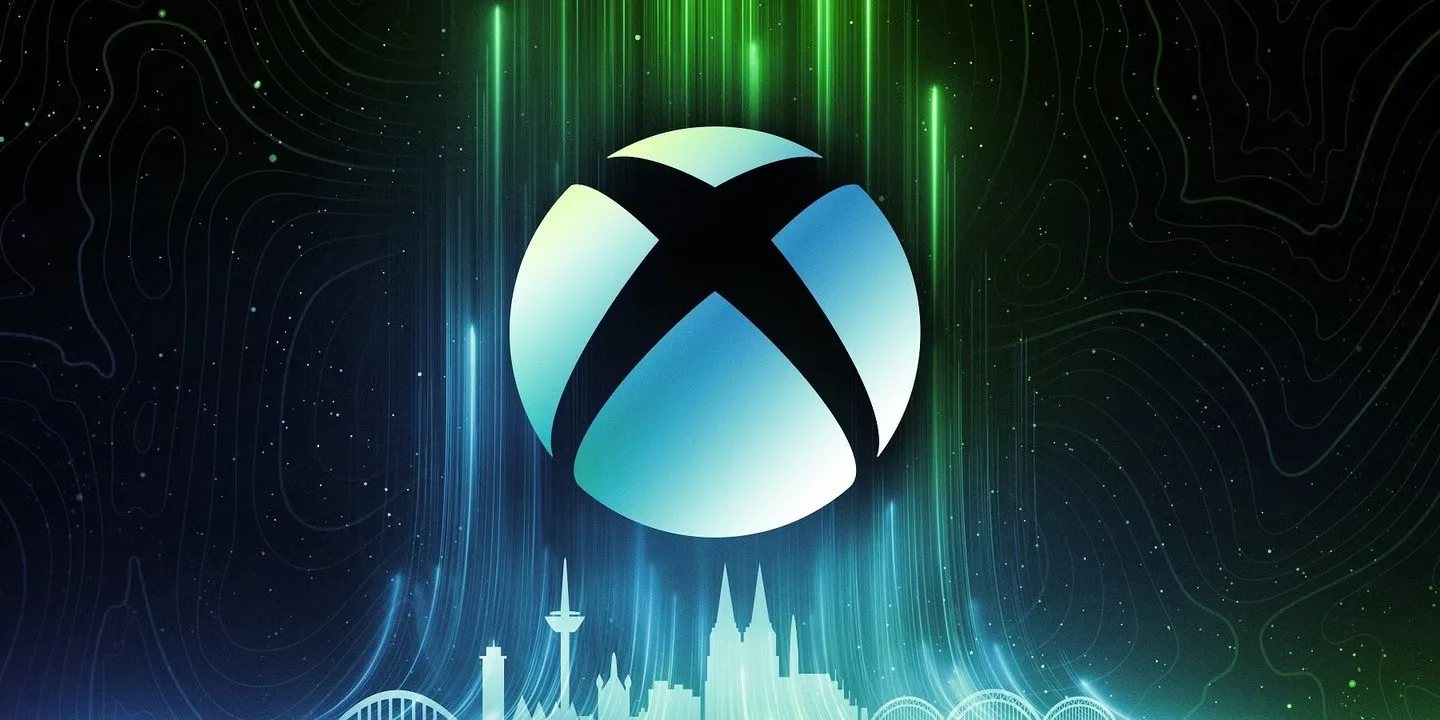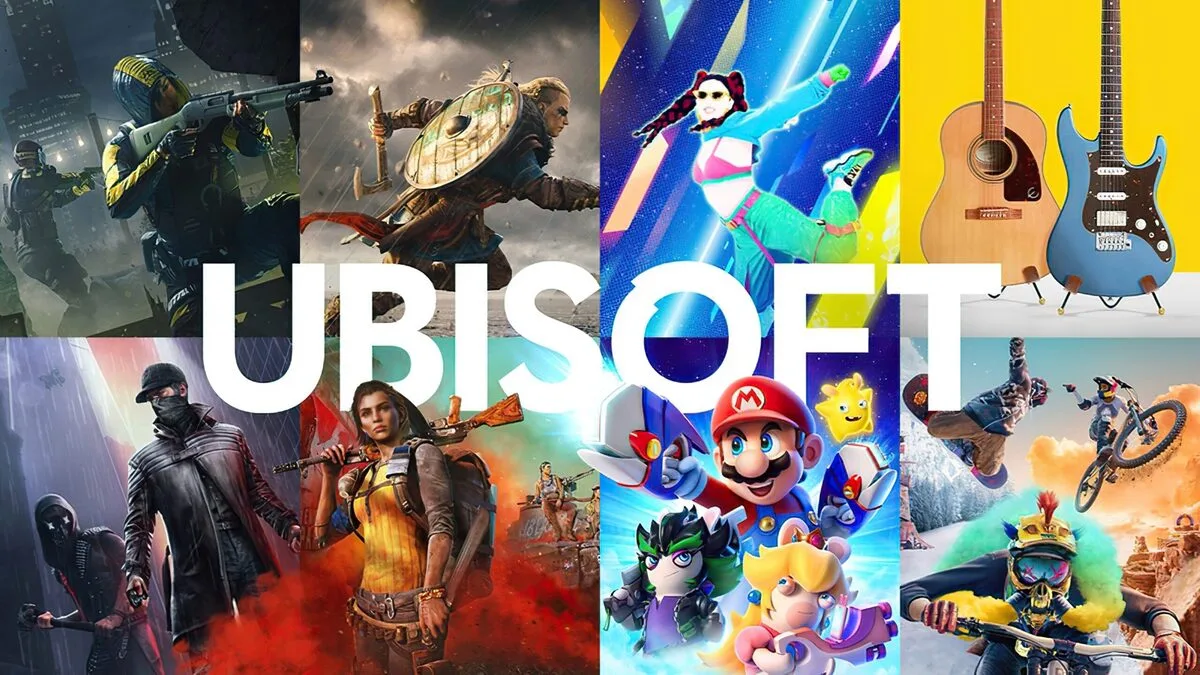Xbox’s latest quarterly results reveal a sharp drop in hardware sales but surprising resilience in content and services, while Microsoft’s broader business continues to thrive across cloud, productivity, and enterprise solutions.
🎮 Xbox Gaming: A Mixed Quarter
Microsoft’s Q1 FY2025 earnings painted a complex picture for its gaming division. Xbox hardware revenue fell by 29% year-over-year, a steep decline that underscores the challenges of sustaining console momentum deep into the current generation. Several factors likely contributed:
- Mature Console Cycle: With Xbox Series X|S now four years into its lifecycle, demand naturally tapers off compared to launch years.
- Supply Chain Normalization: Unlike the pandemic-driven shortages that once boosted urgency, availability is no longer a driver of sales.
- Competitive Pressure: Sony’s PlayStation 5 continues to dominate in global unit sales, while Nintendo maintains strong engagement with the Switch.
Yet, the story isn’t all negative. Third-party content and services revenue outperformed expectations, showing that Xbox’s ecosystem strategy is working. Players are spending more on digital games, add-ons, and subscriptions, even as hardware sales soften. This aligns with Microsoft’s long-term vision: hardware is a gateway, but the real growth lies in services.
Key Takeaways for Xbox:
- Game Pass remains central: While Microsoft didn’t disclose new subscriber numbers, the better-than-expected content performance suggests strong engagement.
- Third-party strength: Major releases from external publishers drove spending, reinforcing Xbox’s role as a platform rather than just a console.
- Hardware headwinds: The decline highlights the need for mid-cycle refreshes or new hardware strategies to reignite momentum.
🏢 Microsoft Beyond Gaming: A Broader Look
While Xbox hardware stumbled, Microsoft’s other business segments delivered stability and growth:
🌐 Intelligent Cloud
- Azure revenue surged, continuing its role as Microsoft’s growth engine.
- Enterprises are leaning heavily on cloud migration, AI integration, and hybrid infrastructure.
- Microsoft’s AI-first strategy, including Copilot integrations, is driving adoption across industries.
💼 Productivity & Business Processes
- Office 365 and LinkedIn both posted strong results.
- AI-powered Copilot features in Word, Excel, and Teams are reshaping workplace productivity.
- LinkedIn engagement remains high, particularly in professional learning and recruitment services.
💻 More Personal Computing
- Windows OEM revenue stabilized, reflecting steady PC demand after pandemic-era volatility.
- Surface devices saw mixed performance, with enterprise adoption offsetting consumer softness.
- Xbox, as part of this segment, was the main drag due to hardware declines.
For Xbox, the numbers reinforce Microsoft’s pivot from hardware-first to ecosystem-first. Content, subscriptions, and cloud gaming are the growth levers, not console sales alone. Expect Microsoft to double down on Game Pass, cloud streaming, and third-party partnerships to keep players engaged.
For Microsoft as a whole, the results highlight its resilient diversification. Even when one segment underperforms, Azure, Office, and enterprise services provide ballast. This balance is why Microsoft remains one of the most valuable companies in the world.
In short: Xbox hardware may be cooling, but Microsoft’s broader business is heating up. The company’s strength lies in its ability to absorb short-term gaming declines while building a long-term ecosystem that spans devices, services, and the cloud.










